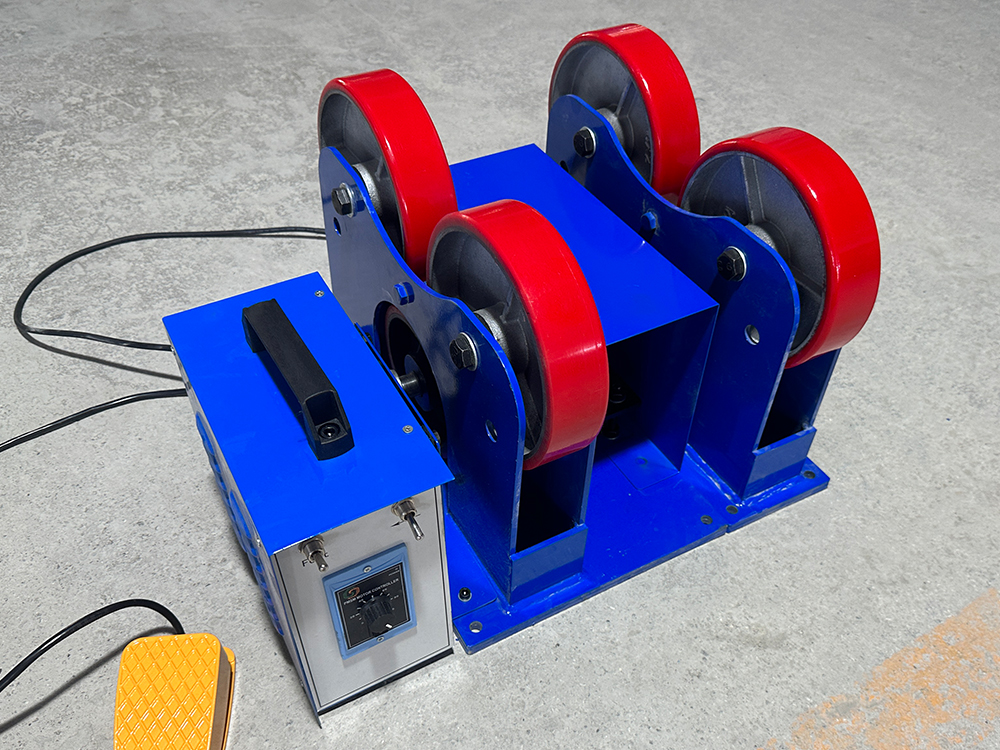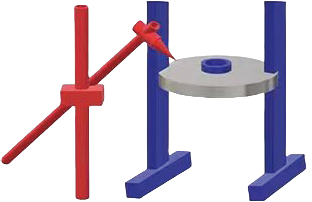The Future Trends in the Welding Equipment Industry
The welding equipment industry is undergoing significant transformation, driven by technological advancements, automation, and sustainability demands. As industries such as automotive, aerospace, and construction continue to evolve, welding technologies must adapt to meet higher efficiency, precision, and environmental standards. Here are the key trends shaping the future of the welding equipment sector:
1. Automation and Robotics
Automated welding systems, including robotic welders, are becoming increasingly popular due to their precision, speed, and ability to reduce labor costs. Collaborative robots (cobots) are also gaining traction, allowing human workers to work alongside machines safely. This trend is particularly strong in high-volume manufacturing sectors.
2. Smart Welding with IoT and AI
The integration of the Internet of Things (IoT) and Artificial Intelligence (AI) is revolutionizing welding processes. Smart welding machines can now monitor performance in real time, predict maintenance needs, and optimize welding parameters automatically. This leads to reduced downtime, improved quality control, and higher productivity.
3. Energy-Efficient and Eco-Friendly Solutions
With growing environmental concerns, manufacturers are shifting toward energy-efficient welding technologies, such as inverter-based welding machines, which consume less power. Additionally, alternatives to traditional welding methods—like friction stir welding (FSW) and laser welding—produce fewer emissions and waste.
4. Advanced Welding Materials
New high-strength alloys, composites, and dissimilar metal combinations are being used in industries like aerospace and electric vehicles (EVs). Welding equipment must adapt to handle these materials, leading to innovations in pulsed MIG, TIG, and hybrid welding techniques.
5. Additive Manufacturing (3D Metal Printing)
Welding technology plays a crucial role in metal additive manufacturing, where layer-by-layer deposition techniques are used to create complex parts. This is particularly valuable in prototyping and customized production.
6. Training and Augmented Reality (AR)
As welding becomes more high-tech, training methods are also evolving. Augmented Reality (AR) welding simulators allow trainees to practice in a virtual environment, reducing material waste and improving skill development before real-world application.
Conclusion
The welding equipment industry is moving toward greater automation, digitalization, and sustainability. Companies that embrace these trends will gain a competitive edge by improving efficiency, reducing costs, and meeting stricter environmental regulations. The future of welding lies in smart, connected, and eco-conscious solutions that cater to the evolving needs of modern manufacturing.
Would you like a more detailed analysis on any specific trend? Let us know in the comments!




